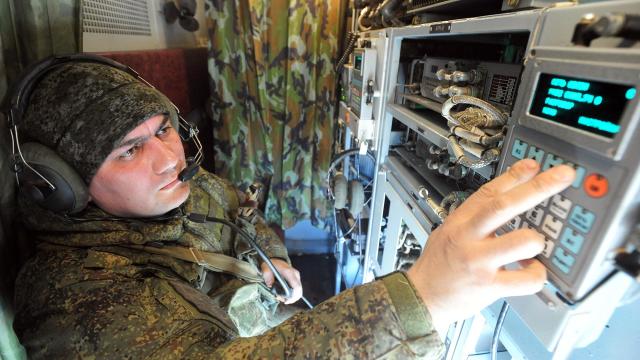The electronic warfare forces of the Baltic and Northern Fleets conducted unique bilateral exercises
The Russian military conducted exercises during which ultra-long-range electronic warfare stations were tested. This was reported by sources of "Izvestia" in the Ministry of Defense. It is not disclosed which systems were tested in combat. It is known that the EW units of the Baltic and Northern Fleets at a distance of several thousand kilometers found and suppressed the communication stations of the conditional "enemy", which in turn dealt them a retaliatory electronic strike. According to experts familiar with the course of the exercise, the units worked in conditions that are almost identical to combat.
Radio exchange of blows
Despite the fact that the bilateral exercises of the forces of the Baltic (BF) and Northern (SF) fleets ended in March, their results were summed up quite recently, sources told Izvestia in the military department. The maneuvers were successful, and the electronic warfare systems confirmed the declared characteristics, the interlocutors of the editorial office noted. At the same time, they refused to name the electronic warfare systems that were involved in the maneuvers.
EW troops on the shores of the Baltic Sea identified, classified and suppressed radio networks located in the Arctic. In turn, the Northern Fleet conducted several dozen communication sessions during the exercises to enable the Baltics to train EW services. At the same time, the electronic warfare units of the SF "listened" to the broadcast of the Baltic Fleet. Both managed to suppress the same number of sessions.
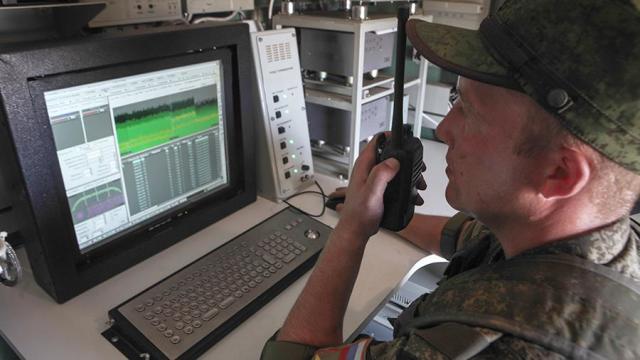
Photo: RIA Novosti/Denis Abramov
Image source: iz.ru
Since 2015, the Russian Federation has been creating modern ground-based, air-based and sea-based jamming systems at all levels of control, Defense Minister Sergei Shoigu said in February. Many of these complexes, according to the minister, have no analogues in the world: 19 new models of electronic warfare equipment have already been developed, including on air carriers, the creation of which took into account the prospects for the development of control systems for troops and weapons of foreign armies.
"This trend has been observed for several years - the Minister of Defense and the Chief of the General Staff demand to conduct bilateral exercises," military expert Viktor Murakhovsky told Izvestia. - Such training of EW troops allows you to improve your skills in both electronic intelligence systems and electronic suppression systems. In fact, they operated in combat conditions during the maneuvers - except for the fact that the firepower did not work on the EW complexes. And everything else is like in a real battle, because the electronic space has no borders, and there are no discounts. There is a struggle for dominance. Radio-electronic space is a very important area. The effectiveness and even the possibility of using many modern weapons directly depends on access to certain frequencies of the electromagnetic range. It is enough to recall modern navigation systems, on which many percussion instruments rely.
The expert stressed that the achievements of Russian developers in recent years are at the level of the world, and in a number of parameters-even higher.
The Syrian Test
The mobile automated complex "Murmansk-BN" allows you to suppress military radio communications at great distances. It is able to detect the operation of short-wave communication facilities, locate them and set up sighting interference. The range of suppression is several hundred kilometers, and under certain conditions can reach 5000 km.
With the help of "Murmansk", you can drown out the radio communication of headquarters even in the deep rear of the enemy and create difficulties in the management of troops. It is also designed for jamming warships and entire squadrons. The complex makes it difficult for them to interact, and also prevents them from directing deck planes and helicopters.
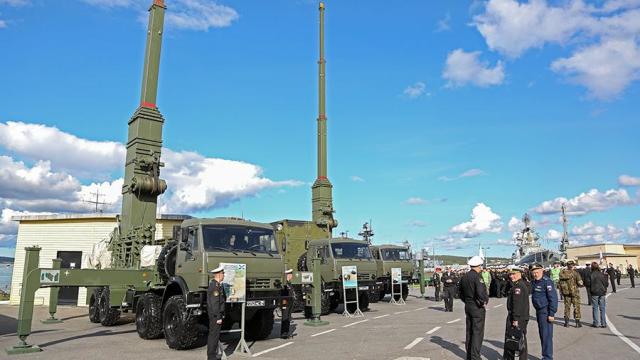
Electronic warfare complex "Murmansk-BN", presented at the exposition of the military-technical forum in Severomorsk
Image source: Photo: RIA Novosti/Pavel Lviv
The entire "Murmansk-BN" is placed on seven high-traffic trucks. Its main "shock force" is four huge telescopic antennas with a height of 32 meters, which can be deployed on any terrain where the machine is able to reach. The autonomy is given to it by powerful diesel generators. Since 2014, these weapons have been supplied to the coastal electronic warfare centers of the fleet and to the land EW brigades.
The Borisoglebsk-2 complex is designed to suppress radio communication systems in the range of short and ultrashort waves at shorter distances. It is not only able to disrupt communication in the tactical link, but also drowns out the control channels of drones. The naval EW centers are also equipped with means for jamming cell phones, satellite navigation, radars and radio detonators of the enemy.
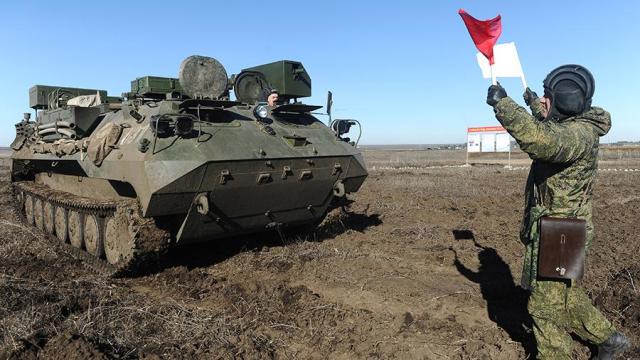
Automated jamming station from the Borisoglebsk-2 electronic warfare complex»
Image source: Photo: RIA Novosti/Sergey Pivovarov
In addition to coastal electronic warfare centers, various electronic warfare systems are also installed on all ships of the Navy, including submarines. They help them protect themselves from the use of high-precision weapons of the enemy. They are also equipped with such aircraft and helicopters of naval aviation.
Last year, the Central Military District practiced creating a continuous controlled interference field for satellite navigation. With the help of the new system, they covered the regrouping of the district's troops and the beginning of the combat operation.
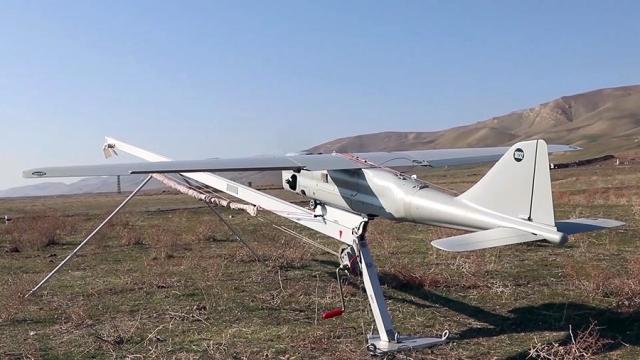
Preparation for the launch of the Orlan-10 UAV»
Image source: Photo: RIA Novosti/Ministry of Defense of the Russian Federation
According to the Ministry of Defense, from 2012 to 2020, more than two dozen modern samples of electronic warfare equipment were accepted for supply. From the use of traditional "jammers", it was possible to switch to innovative methods of signal suppression and distortion. In addition to the "Field-21", they include, for example, the "Leer-3"complex. On it, interference transmitters for cellular signals are installed on small Orlan-10 drones. They are also able to determine the coordinates of cell phones within a radius of several kilometers and send mass SMS messages to them
The Russian military has already had to use modern electronic warfare systems in combat conditions. In January 2018, they were used to repel a group raid by improvised unmanned extremist bombers on the Hmeimim and Tartus bases in Syria. Of the 13 drones of the militants, seven were shot down by air defense fire. The rest were forced to land by EW specialists. In the following years, the militants repeated attacks on Russian bases dozens of times, but all of them were unsuccessful.
Roman Kretsul
